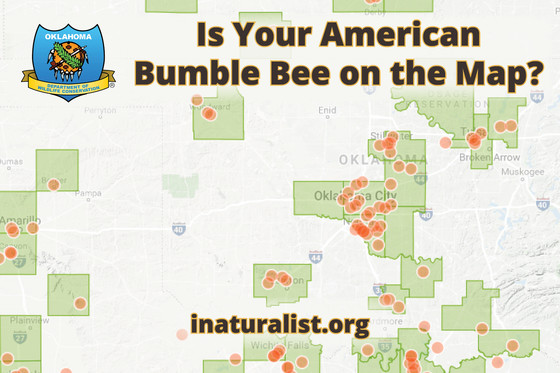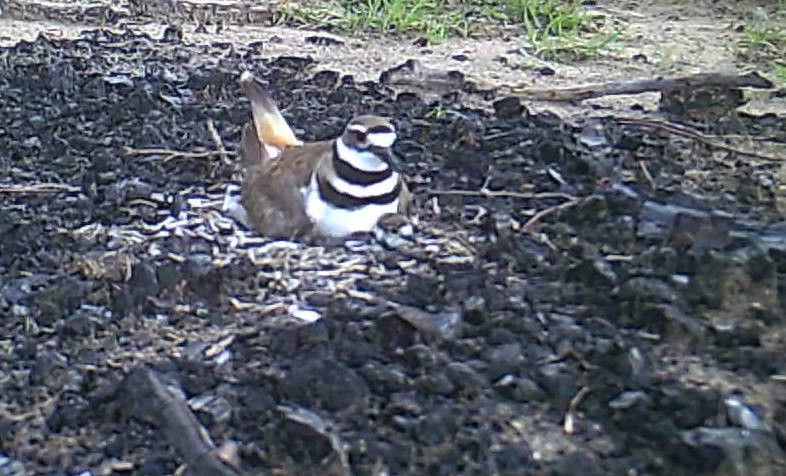Take Your Backyard to the Next Pollinator Level
Adding colorful backyard flowering plants has been a popular way for Oklahomans to help our state’s butterfly community. Luckily, these pollinator-friendly patches can start small – and stay small – while still packing a big win for conservation. But if you’re ready to grow your wildscape, Matt Fullerton, wildlife biologist for the Oklahoma Department of Wildlife Conservation, recommends adding plants that benefit the full butterfly life cycle.
Get tips for your pollinator garden
Species Spotlight: Eastern Collared Lizard
Bright colors and a jumble of patterns mark Oklahoma’s state reptile, especially during their mating season. From spring through fall these lizards may be spotted basking on rocks and riprap. They primarily feed on insects, including grasshoppers and cicadas, but may occasionally capture other lizards. Though often referred to as “mountain boomers,” these reptiles do not have a voice.
Learn more in the Wildlife Department's online guide

“Bee” Part of Oklahoma’s Conservation Efforts
Oklahoma’s pollinator community plays an important role across our state and the Wildlife Department is partnering with other Oklahomans to learn more about one pollinator, the American bumble bee.
Bumble bees are familiar insects, but what makes American bumble bees distinguishable is the pattern of black and yellow bands. American bumble bees have a hairy abdomen, and three black and two yellow bands. Share your photos and sighting information at inaturalist.org to help shape our understanding of the status and range of this bee in Oklahoma.
Find out more about this project

Killdeer Pair Tends a Woodward County Nest
The Wildlife Department’s Assistant Director Wade Free loves seeing the burnt remains of the invasive eastern redcedar, but this spring he was surprised to find the cold cinders of what used to be a Woodward County redcedar had been turned into a maternity ward for one of our most common nesting shorebirds.
The killdeer’s heavily speckled eggs are laid directly on the ground in a small depression, or scrape, initiated by the male during courtship. The pair trades sitting duty during the nearly month-long incubation period. Killdeer chicks are among North America’s most fully developed young at hatching; the downy chicks are mobile at birth and can leave the nest as soon as their feathers dry. Though chicks follow their parents after leaving the nest, they can find insects and other food on their own.
Watch this series of video clips as the killdeer pair tend their nest and young
Calendar of Events
National Pollinator Week
June 17 - 23
|